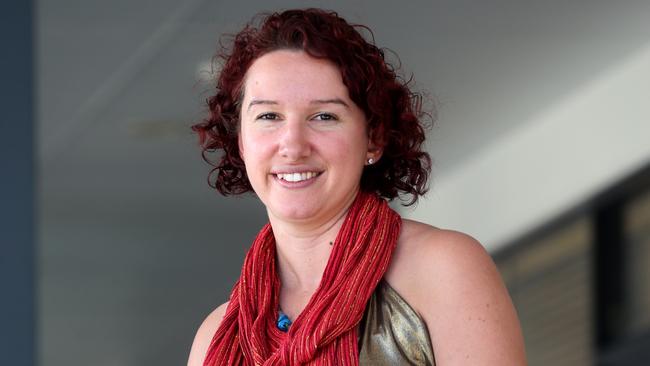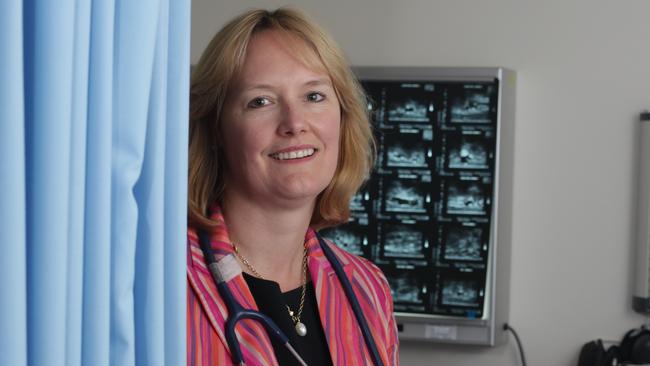The $20,000 gender pay gap will take 200 years to close in Australia
It’s costing the Australian economy a whopping $72 billion a year, yet the “unfair” issue is going to take an extraordinary amount of time to resolve.

At Work
Don't miss out on the headlines from At Work. Followed categories will be added to My News.
Shocking new research has revealed it will take a whopping 200 years for the gender pay gap to be closed in Australia.
It also found there is a 19 per cent gap between the pay of men and women, adding up to almost a $24,000 difference a year and close to $45,000 extra in the superannuation funds of men, the research from Monash University showed.
The report Women’s Health and Wellbeing Scorecard: Towards Equity for Women found that at current rates it will take 70 years for women to reach full-time employment equality with men, and more than 200 years to reach income equity.
Yet women’s absence in the workforce alone costs $72 billion in lost GDP annually, prompting calls for urgent action.

More women than men experienced elevated psychological distress, which has risen sharply in women aged 18-24 and 55-64 since 2001 and is linked to financial inequity.
“I look back over my life of hard work and family dedication, yet know I can only look forward to major financial struggles, and tough times ahead,” Heather, a recent retiree, told researchers.
“I worry every day about keeping my rental accommodation and being able to manage the basics in my life. It just seems unfair.”

Report co-authors from Monash Health – Associate Professor Emily Callander and Professor Helena Teede – said equitable health and wellbeing was a social justice issue and critically linked to financial equity.
“Poor health is known to reduce income, and low income is known to increase risk of poor health creating a cycle of disadvantage for Australian women, with impact on women from diverse backgrounds even greater,” Prof Teede said.
“Poor health, low income and absence from the labour force comes at enormous cost, presenting a key barrier to future prosperity.
“Women disproportionately have lower income, and less engagement in the labour force, which drives poorer health, even in a high-income country like Australia.”

The Monash Centre for Health Research and Implementation (MCHRI) will produce the scorecard annually and is working towards a world-first integrated Australian Women’s Public Health, Wellbeing and Equity Institute to address these challenges.
“Having good health, meaningful employment and a decent level of income and wealth allows individuals to fully participate in and contribute to society,” Associate Professor Callander said.
“These are also vital for health, wellbeing and for economic growth.”
Originally published as The $20,000 gender pay gap will take 200 years to close in Australia





